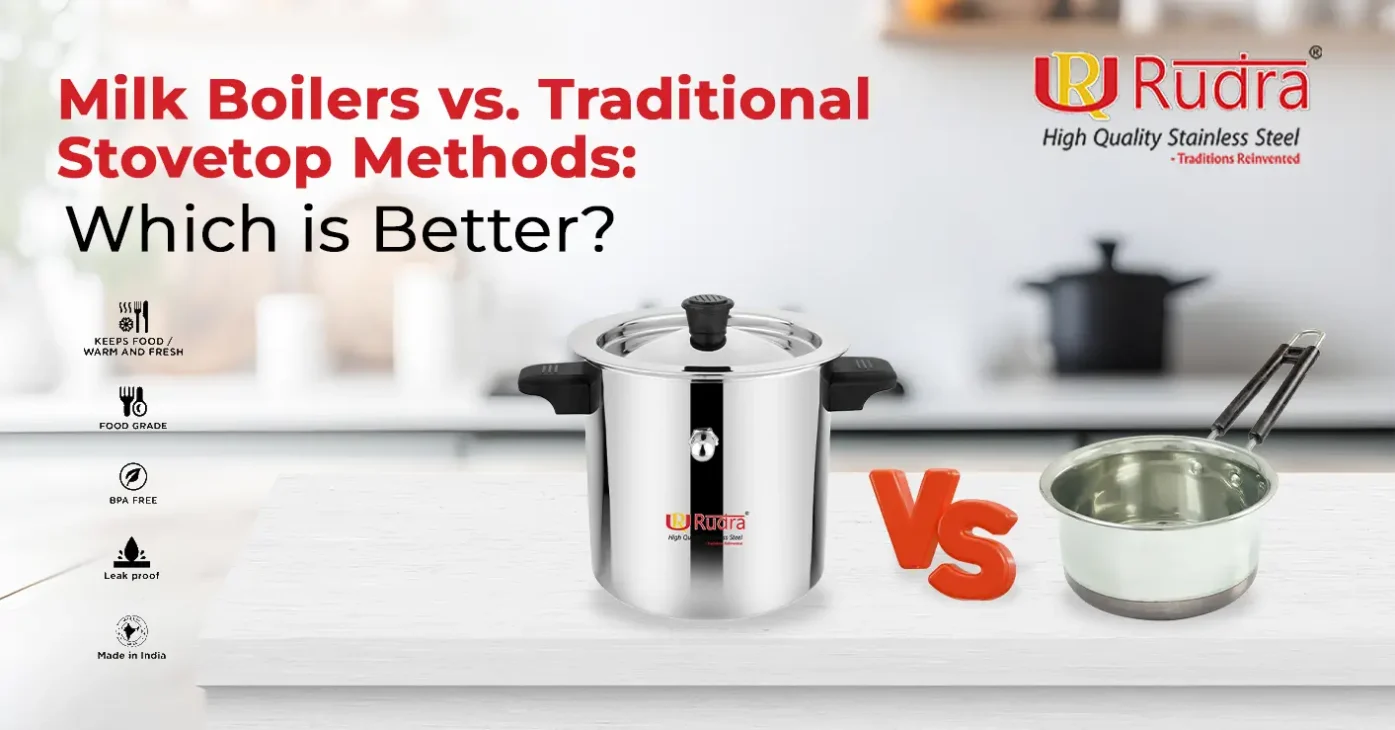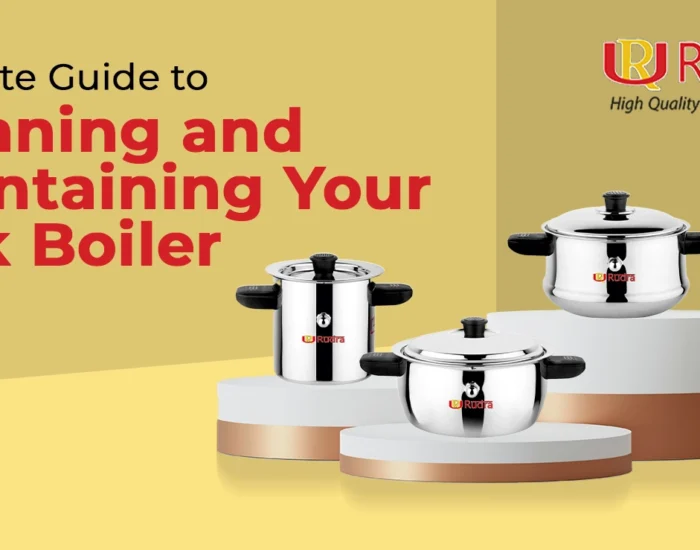Milk Boilers vs. Traditional Stovetop Methods: Which is Better?

In the realm of kitchen appliances, milk boilers have become increasingly popular due to their convenience and efficiency. However, traditional stovetop methods still hold a special place in many households. In this blog post, we’ll compare milk boilers with traditional stovetop methods to determine which is better for your needs.
The Convenience Factor
Milk boilers offer unparalleled convenience when it comes to heating milk. With their compact size and portable design, they can be easily placed on any stovetop or countertop, allowing for quick and efficient heating. Traditional stovetop methods, on the other hand, require more time and effort to achieve the desired temperature, as you need to closely monitor the milk to prevent it from boiling over.
Efficiency and Precision
When it comes to efficiency and precision, milk boilers have the upper hand. Most modern milk boilers come equipped with features such as temperature control settings and automatic shut-off functions, ensuring that your milk is heated to the perfect temperature every time. Traditional stovetop methods, while effective, may require more trial and error to achieve the desired results, leading to inconsistent heating and potential waste.
Material and Durability
Another key consideration is the material and durability of the appliance. Milk boilers are typically made from high-quality stainless steel, which is durable, hygienic, and resistant to corrosion. This ensures that your milk boiler will withstand the test of time and maintain its functionality for years to come. In contrast, traditional stovetop methods often involve using pots or pans made from various materials, which may not offer the same level of durability or hygiene.
Safety Features
Safety is paramount when it comes to heating milk, especially if you’re using it for infants or young children. Milk boilers are designed with safety features such as heat-resistant handles, whistle indicators, and automatic shut-off functions, which help prevent accidents and ensure peace of mind. While traditional stovetop methods can also be safe if used properly, they may lack some of the built-in safety features found in milk boilers.
Versatility and multi-functionality
While milk boilers excel at their primary function of heating milk, traditional stovetop methods offer greater versatility and multi-functionality. With a stovetop pot or pan, you can not only heat milk but also cook a wide range of other dishes, making it a more versatile option for your kitchen. If you’re looking for a single appliance that can handle multiple cooking tasks, traditional stovetop methods may be the better choice for you.
Conclusion
In conclusion, both milk boilers and traditional stovetop methods have their own unique advantages and drawbacks. If you prioritize convenience, efficiency, and precision, a milk boiler may be the ideal choice for your kitchen. However, if you value versatility and multi-functionality, traditional stovetop methods may better suit your needs. Ultimately, selecting a stainless-steel milk boiler comes down to your personal preferences and cooking style. Regardless of which option you choose, Rudra Kitchen offers a wide selection of high-quality milk boilers and cookware to meet your culinary needs.





